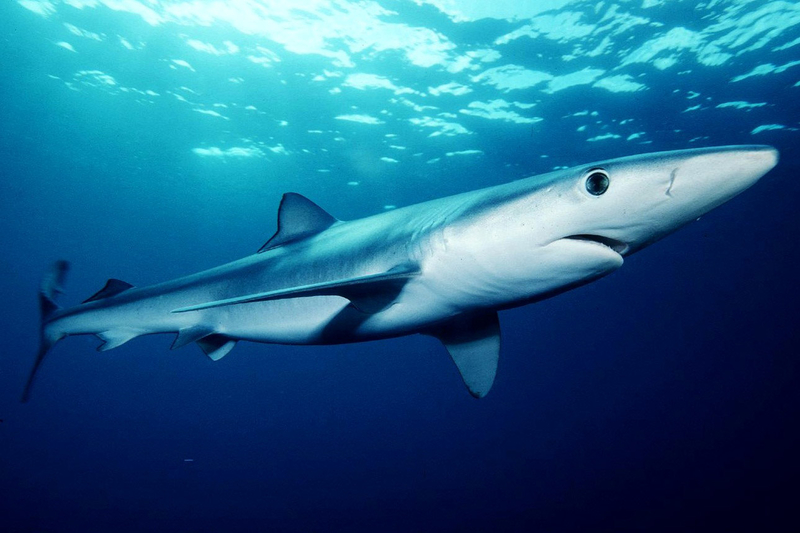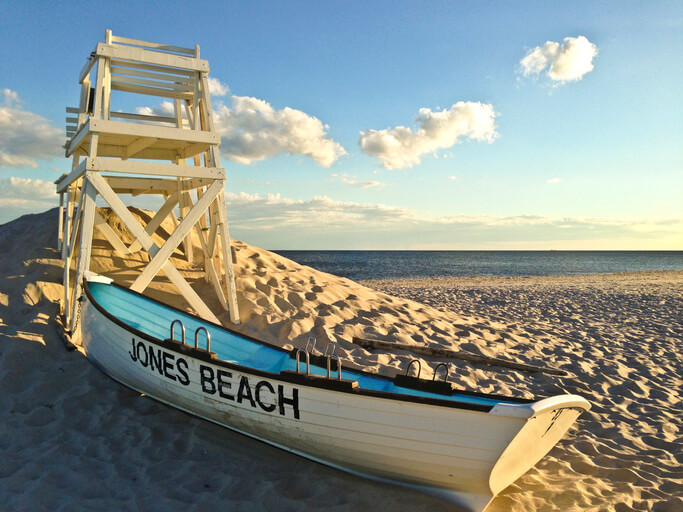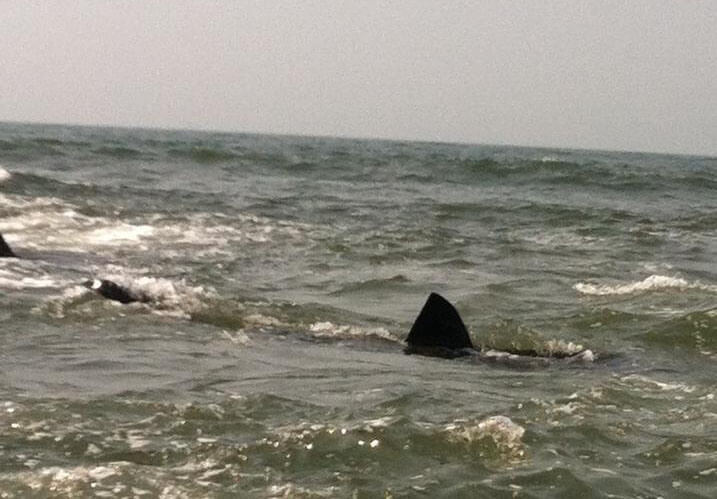It’s been a busy summer of shark activity on Long Island, with five recorded bites, numerous sightings as well as dead sharks washing up, and a Rockaway Beach woman even being hospitalized for a shark attack.
But going off of what experts have said recently, it’s not time to panic just yet — sharks in Long Island waters are perfectly natural, and in fact, a sign of a healthy and improving environment.
Shark activity was high in summer of 2022 as well, with eight recorded bites in Long Island waters.
As with 2023, the majority of this activity occurred around July 4.
But it was concerning enough for the New York State Department of Environmental Conservation to host a media advisory in July of 2022 to address the shark issues.
Shark Activity Means Good Things for the Environment, Experts Said
According to Jim Gilmore, director of the Marine Division for the DEC’s Division of Marine Resources, the state has undertaken a massive effort to improve water quality off of the coasts in recent decades, which has caused the previously declined populations of marine life, including sharks, to bounce back.
“We put together actually the first ecosystem based management plan to help restore menhaden, because menhaden feed a lot of things,” Gilmore said. “Dolphins, striped bass, bluefish. “Any of the predatory species will be using them, including sharks. In addition to that many of our coastal shark species are protected now, because they had declined so much. And they were an important predator in the marine environment. So overall, it’s good news for the marine environment and our ecosystems.”
State biologists did acknowledge climate change as a factor in the shark activity.
“Each species has optimal thermal habitat that they like to be in,” Gilmore added.

Is the shark activity bad news for humans?
The DEC said that sharks are not necessarily dangerous if necessary precautions are taken — after all, the ocean is their home.
“If you went to the woods in Alaska, you might see a bear,” Chris Scott, a biologist at the DEC, said. “If you go to the ocean here on the island, you might interact with a shark. Humans assume risk whenever they go into any kind of natural environment.”
What shark species are being seen around Long Island?
According to Chris Scott, the native species of shark on Long Island include sand tiger sharks, dusky sharks, and sandbar sharks. Sand tiger sharks are not to be confused with tiger sharks, which are rare in New York.
“Sand tigers are the ones you see at the aquarium with the ragged teeth,” Scott said.
He added that the feared great white shark is rarely seen in Long Island waters, despite the fact that a dead great white shark washed up in Quogue last year.
Juvenile great whites can occasionally be seen, but they don’t attack humans.
“It’s been confirmed through scientific studies that white sharks, juvenile white sharks particularly used near waters as nursery habitat,” Scott said. “And these animals feed primarily on small fish. They don’t feed on mammals. They certainly don’t want anything to do with humans.”
Tips To Avoid A Shark Attack
The necessary precautions to take, according to releases put out by the DEC both this year and last year, are to swim during the day as opposed to night time, dusk, or dawn, as well as to avoid schools of fish, murky water, seals, and diving birds — all factors that could mean sharks are nearby.
































